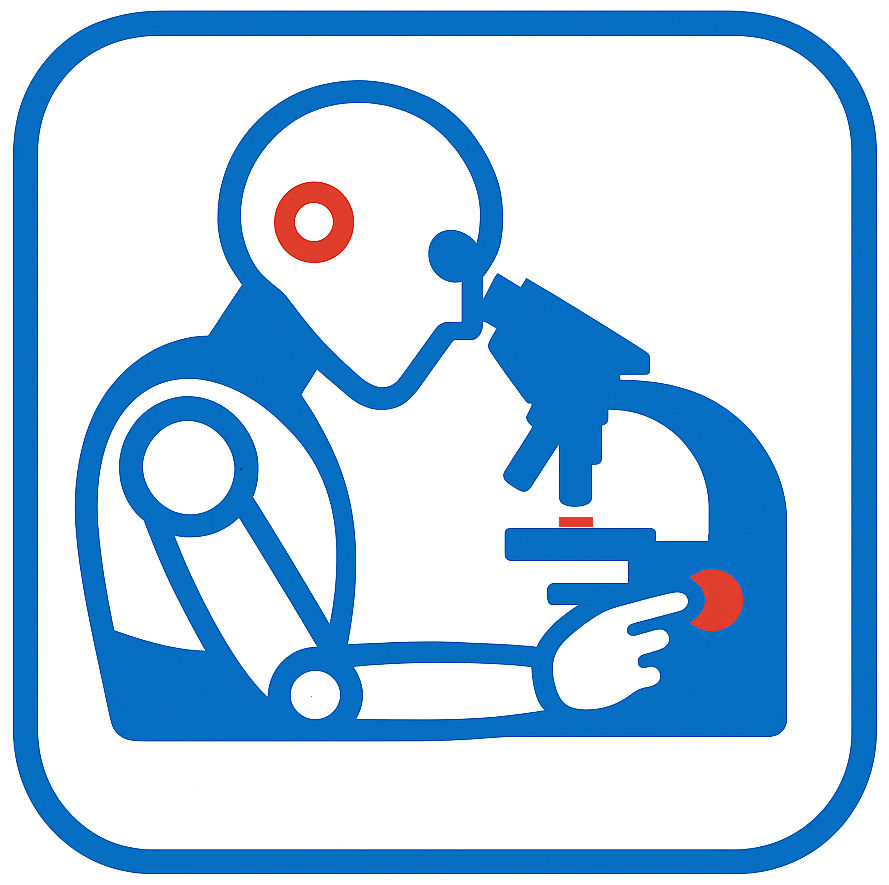

When a lab report says “high,” it doesn’t always mean “dangerous.” Context matters — your age, symptoms, medications, and patterns across multiple markers. Here’s how AI helps interpret three common “high” results: TSH, LDL cholesterol, and liver enzymes (AST, ALT, bilirubin).
1) TSH — When the Thyroid Slows Down
High TSH can suggest an underactive thyroid (hypothyroidism), especially if free T4 is low. AI weighs TSH alongside T4/T3, symptoms (fatigue, weight gain, cold intolerance), and meds. Start with the explainer: TSH High — Meaning & Next Steps. For a broader thyroid view, see the Thyroid Panel Interpreter.
2) LDL — The “Bad” Cholesterol AI Watches Closely
High LDL is one part of your cardiovascular picture. AI considers HDL, triglycerides, non‑HDL cholesterol, and known risk factors to contextualize your result. Learn more in LDL High — Meaning & Next Steps, and explore the full lipid view with the Lipid Panel Interpreter.
3) Liver Enzymes — AST, ALT, and Bilirubin Tell a Story
AI looks at patterns: isolated ALT vs. AST elevation, alkaline phosphatase, and bilirubin. It flags combinations that merit follow‑up (e.g., ALT>AST, or cholestatic patterns with bilirubin). See targeted explainers: ALT High, AST High, Bilirubin High — or use the Liver Function Tests Interpreter.
How AI Turns Numbers Into Insight
When to Talk to Your Doctor
AI is a helpful guide, not a diagnosis. Seek medical advice if your results are markedly abnormal, persist on repeat testing, or come with symptoms.
⬐ Understand Your Lab Results in Seconds ⬎